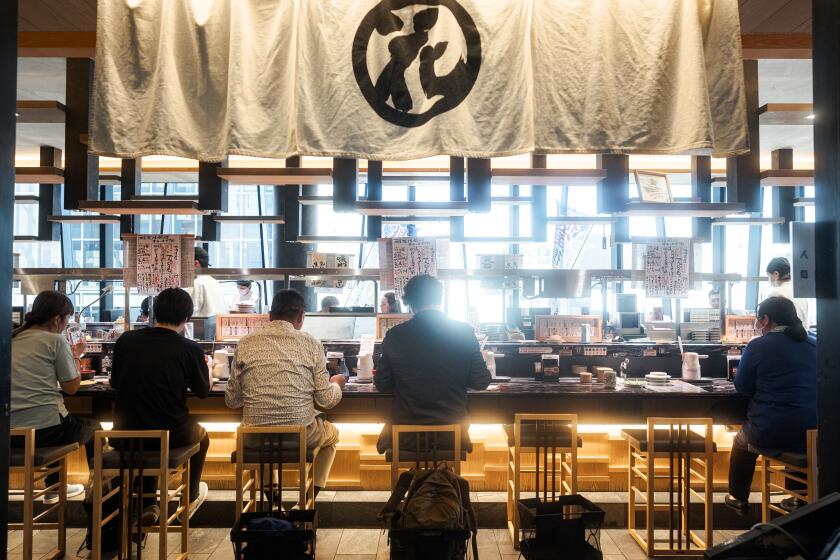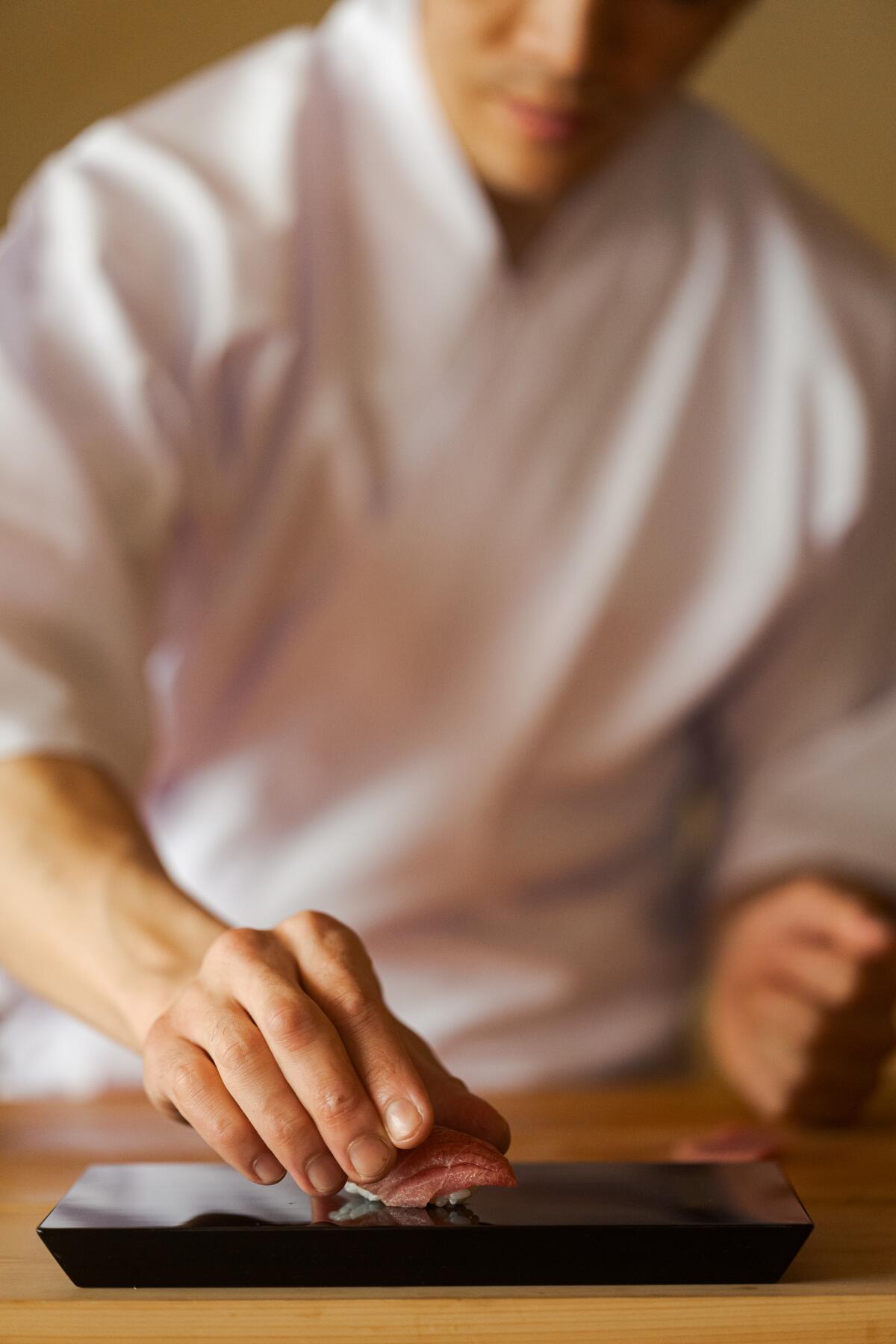
14 outstanding places to eat and drink while traveling in Tokyo
- Share via
Are you headed to Japan this year?
The country reopened for tourism in October, all but predetermining a flood of travel in 2023. Yes, screeds will be written by December about how no one wants to see any more shots of noodle bowls and tonkatsu in their social media feeds. For now, though, glimpses into one of the world’s most thrilling culinary destinations still feel uplifting.
I spent a week in Tokyo in March as part of a story about the city’s influence on L.A.’s evolving sushi culture, particularly some of our best omakase chefs and their inspired return to fundamentals. It was part of an all-in project by the Food team covering all things sushi in Los Angeles.
The current generation of omakase chefs in Los Angeles are returning to the essence of the cuisine. A trip to Tokyo confirms what’s been driving their pursuit for excellence.
But I couldn’t not eat and drink broadly and with abandon in Tokyo. Let me state clearly: I claim no expertise in the city’s foodways. What I have is the privilege of discerning Japanese friends on the ground in both Tokyo and Los Angeles, who graciously offered guidance at every turn. I thank them profoundly, and it seems fair to pass some of that generosity along.
Any experience or research into Tokyo reveals two swift realities: There are a million ways to eat well, and reservations at in-demand restaurants are a cutthroat sport. Plan as far ahead as possible, enlist a hotel concierge to help with bookings weeks out and know that it’s totally fine if you can’t get into the three-star temples you were mooning over. I didn’t, and I can’t stop thinking about how staggering my trip was.
“Jiro Dreams of Sushi” cemented in the world’s mind that Tokyo is a seat of shokunin — craftspeople who devote themselves entirely to their chosen field, always intent on mastery and improvement. The city is definitely a place to chase obsessions: Mine include tea, coffee, tempura and pizza, and I encountered greatness.
Consider this, then, a very personal rundown: There’s no ramen, no izakaya, no French luminaries. It’s one way to embark on a place that can overwhelm with choice. Note that I’d include Koji Kimura’s singular eight-seat sushi bar, which I wrote about extensively in my Tokyo-L.A. essay, but his restaurant is currently closed while he opens a second location in Shanghai. Keep an eye out for his return, and plot a reservation accordingly.
This is your guide to what the best sushi city in America has to offer, from the ultimate California roll to spectacular omakase.
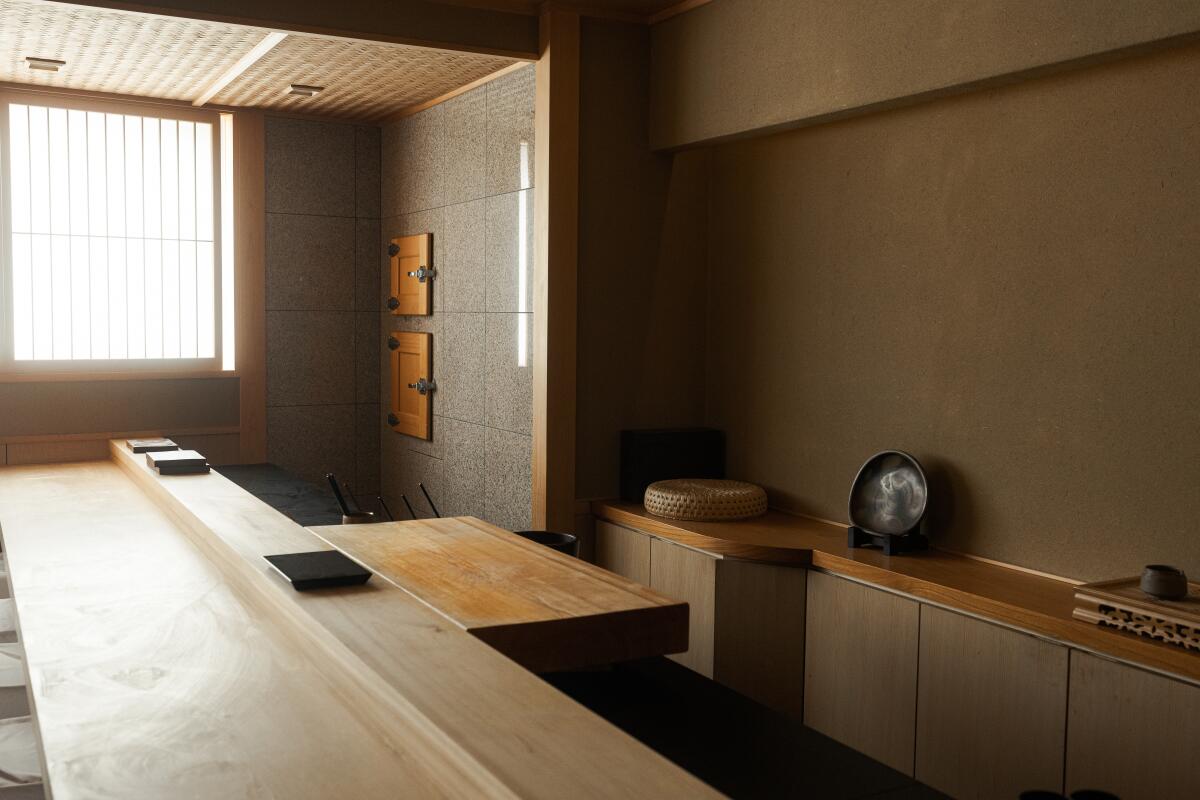
Ebisu Endo
1-Chome-17-2 Ebisuminami, Shibuya City, Tokyo
+81-3-6303-1152
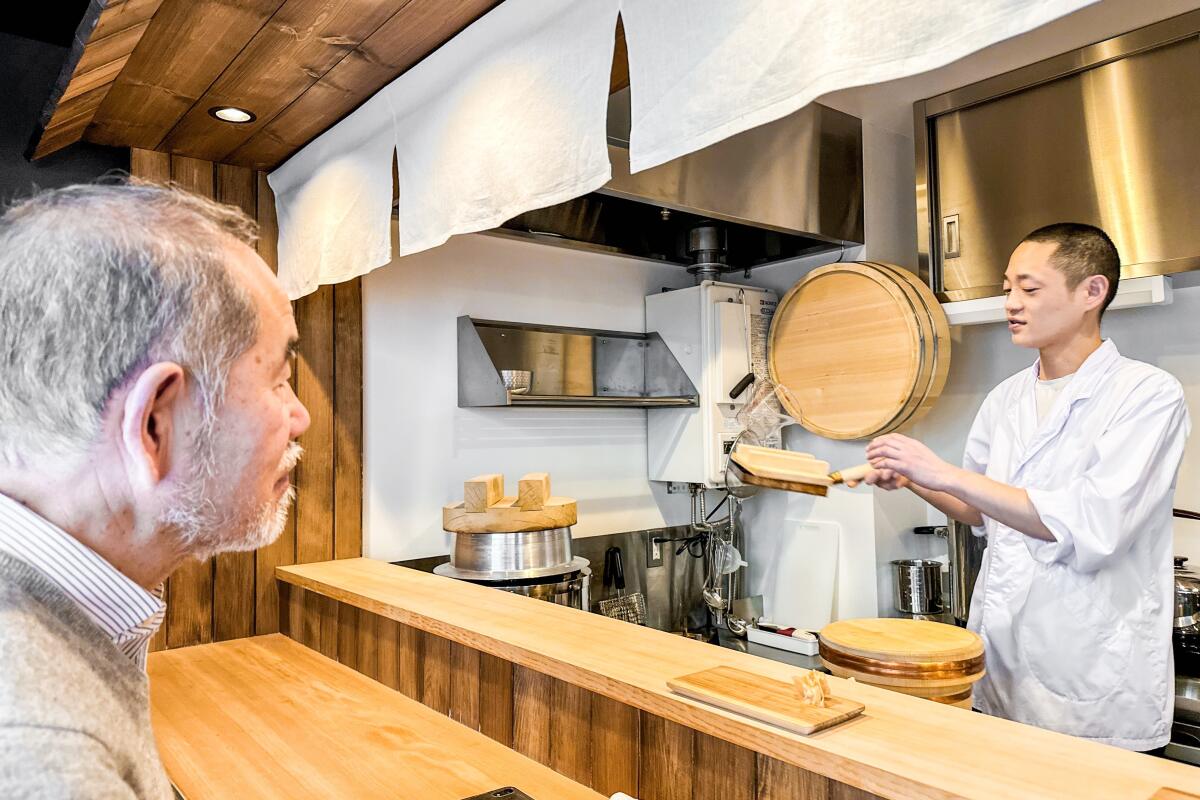
Sushi Kobayashi
8-Chome-2-10 Ginza, Chuo City, Tokyo
+81-3-6252-3288
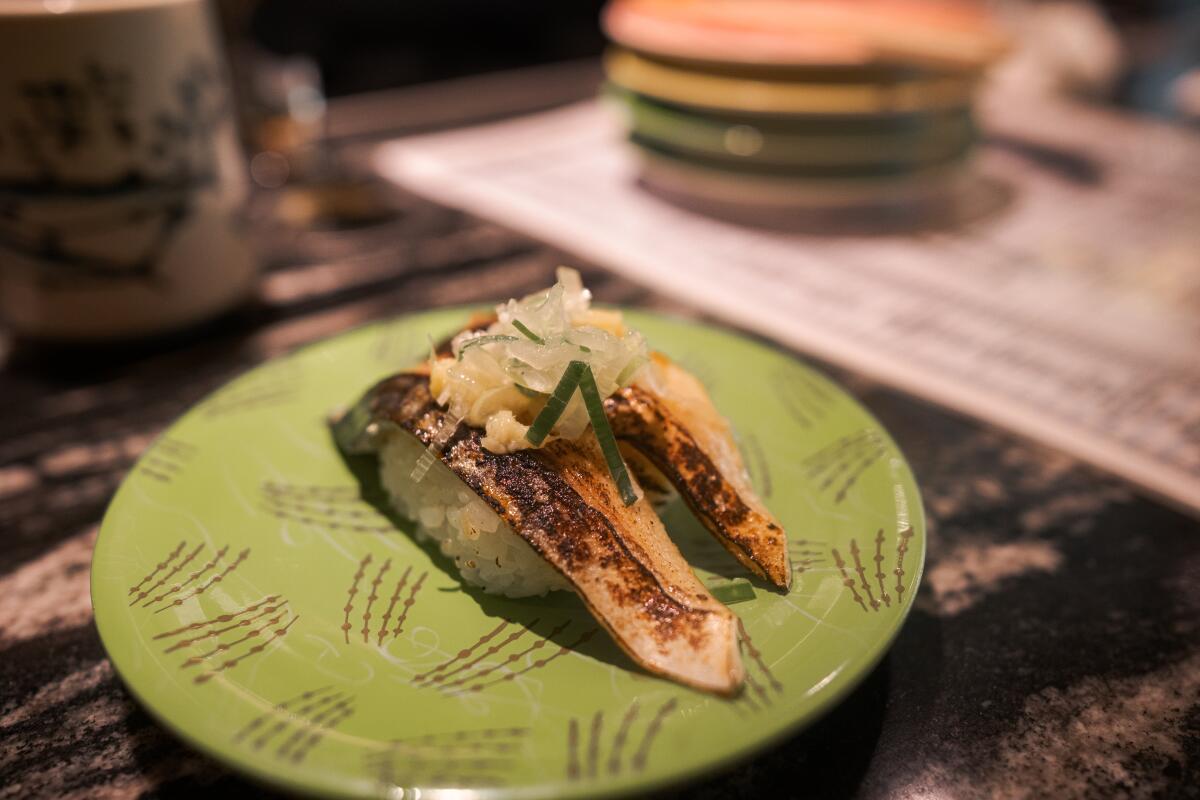
Nemuro Hanamaru Ginza
5-Chome-2-1 Ginza, Chuo City, Tokyo
+81-3-6264-5735
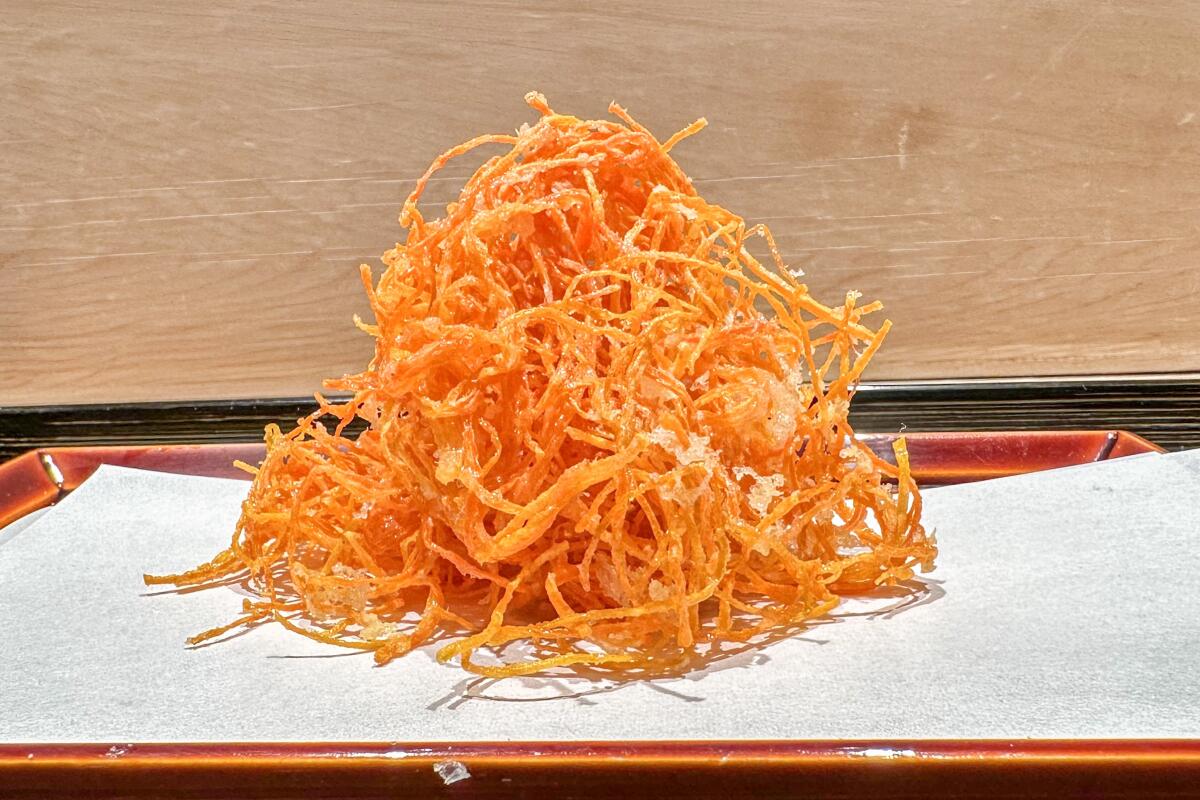
Tempura Kondo
5-Chome-5-13, Ginza, Chuo City, Tokyo
+81-3-5568-0923
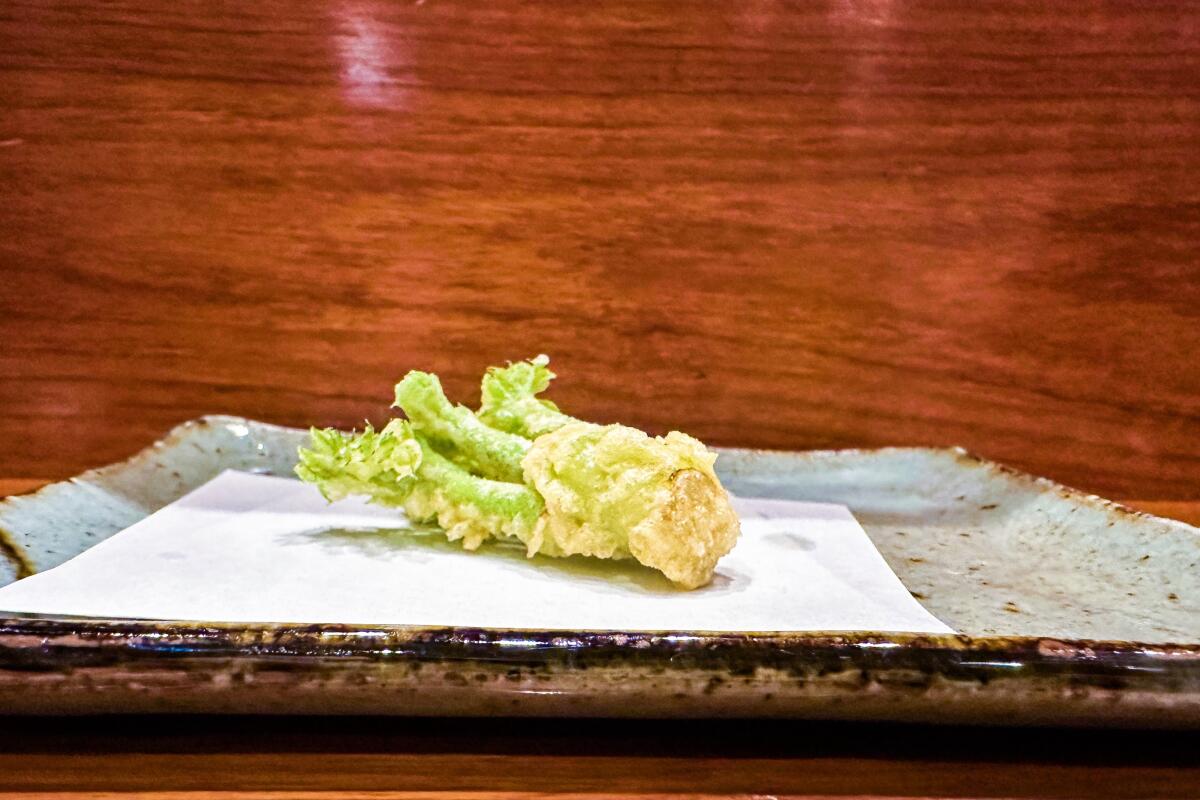
Tempura Yokota
3-Chome−11−3, Motoazabu, Minato City, Tokyo
+81-3-6910-5253
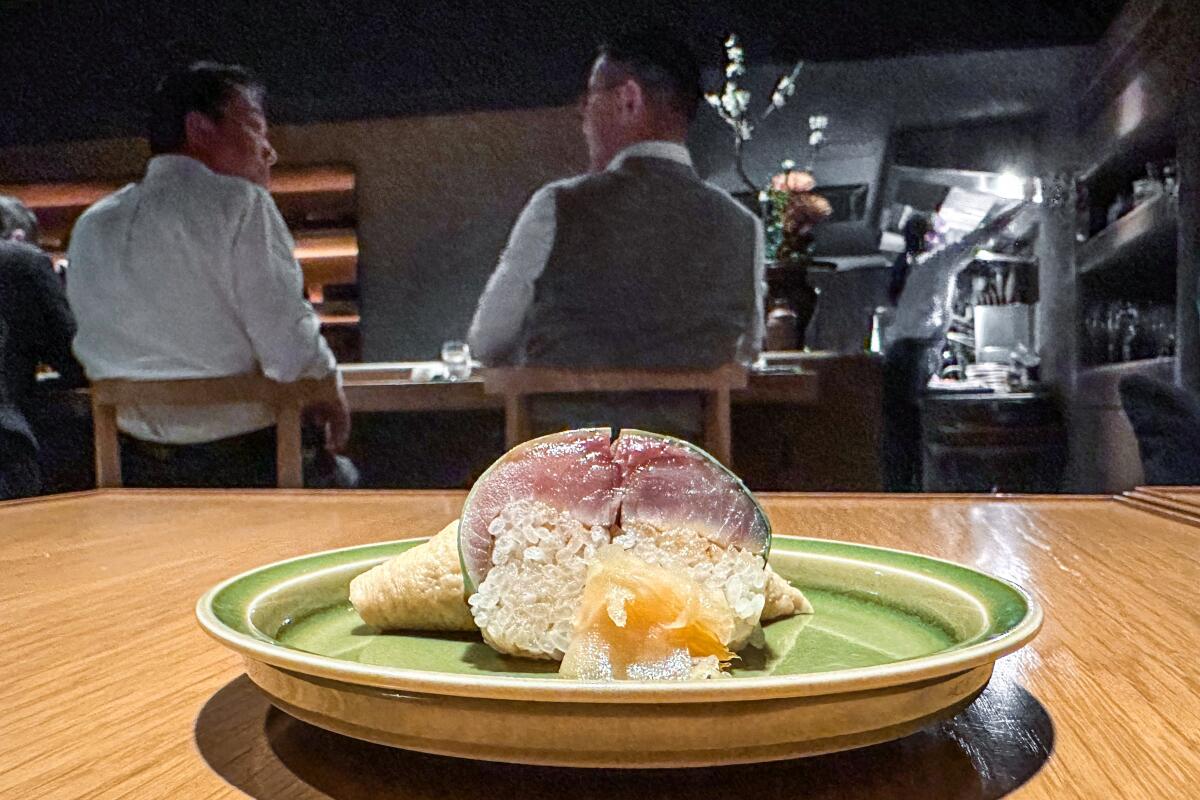
Tenoshima
1-Chome-3-21, Minami-Aoyama, Minato City, Tokyo
+81-3-6316-2150
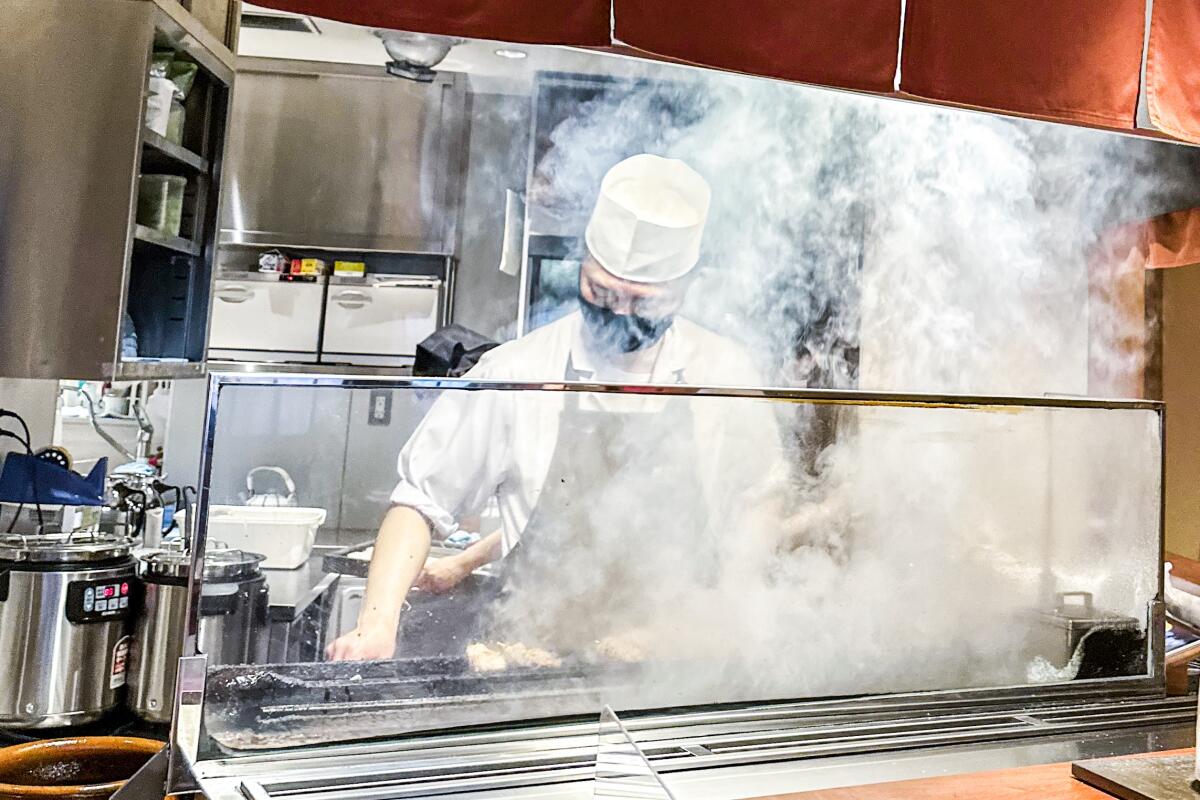
Kyobashi Isehiro
1-Chome-4-9 Kyobashi, Chuo City, Tokyo
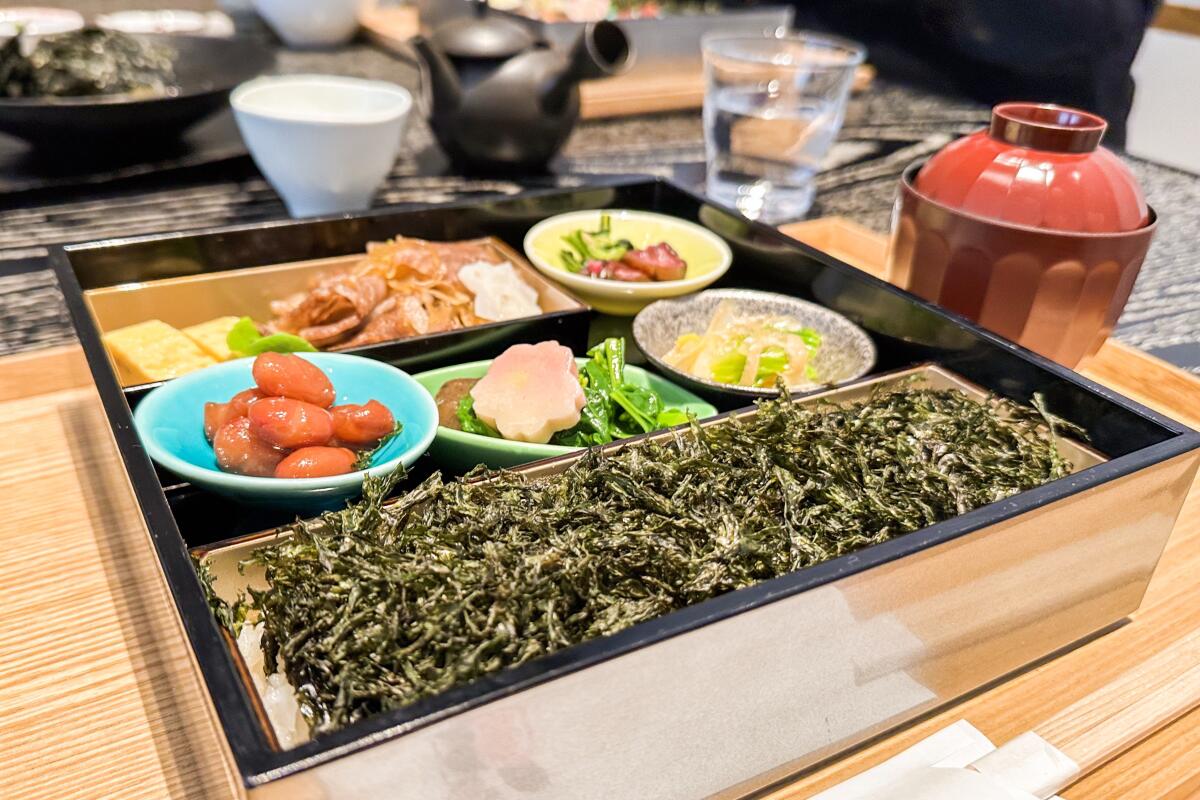
Yamamotoyama Fujie Sabo
2-Chome-5-1, Nihonbashi, Chuo City, Tokyo
+81-3–3271–3273
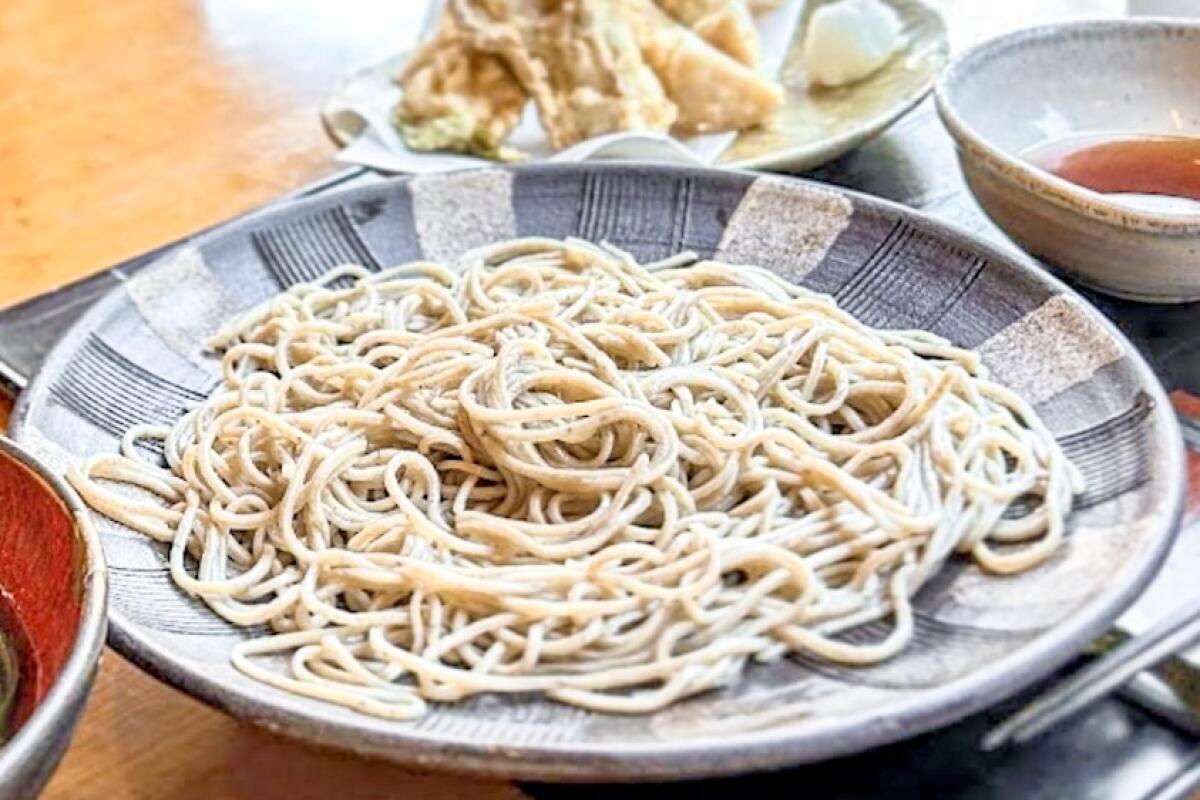
Dashin Soan
3-Chome-7-14 Daizawa, Setagaya City, Tokyo
+81-3-5431-0141
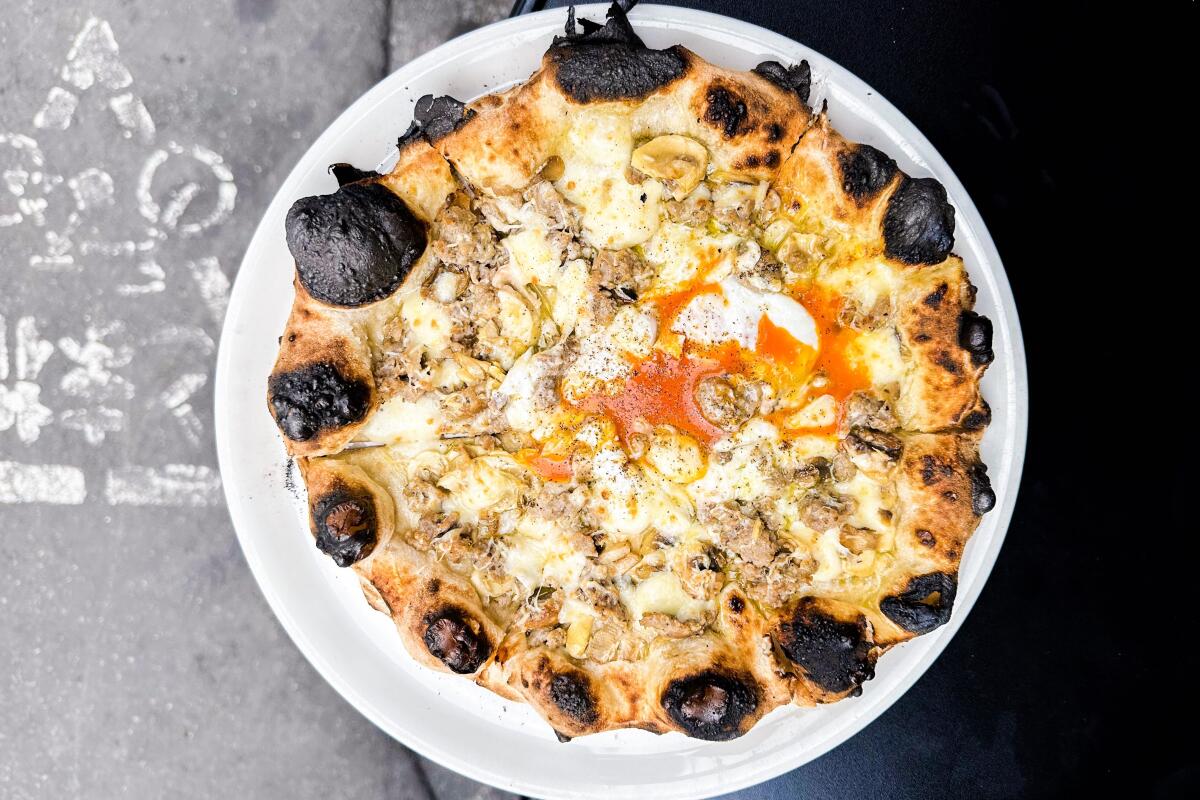
Pizza Studio Tamaki
Go ahead and over-order: Try a margherita, the Tamaki with smoked mozzarella and cherry tomatoes, and the Bismarck with sausage, mushrooms and an egg placed like a bull’s-eye with its yolk running into the cheese. The last pie might sound familiar to Angeleno pizza obsessives: Tamaki’s version inspired the rendering at Pizzeria Sei in Pico-Robertson. It is very worth seeking out the original.
1-Chome-24-6 Higashiazabu, Minato-ku, Tokyo
+81-3-6277-8064
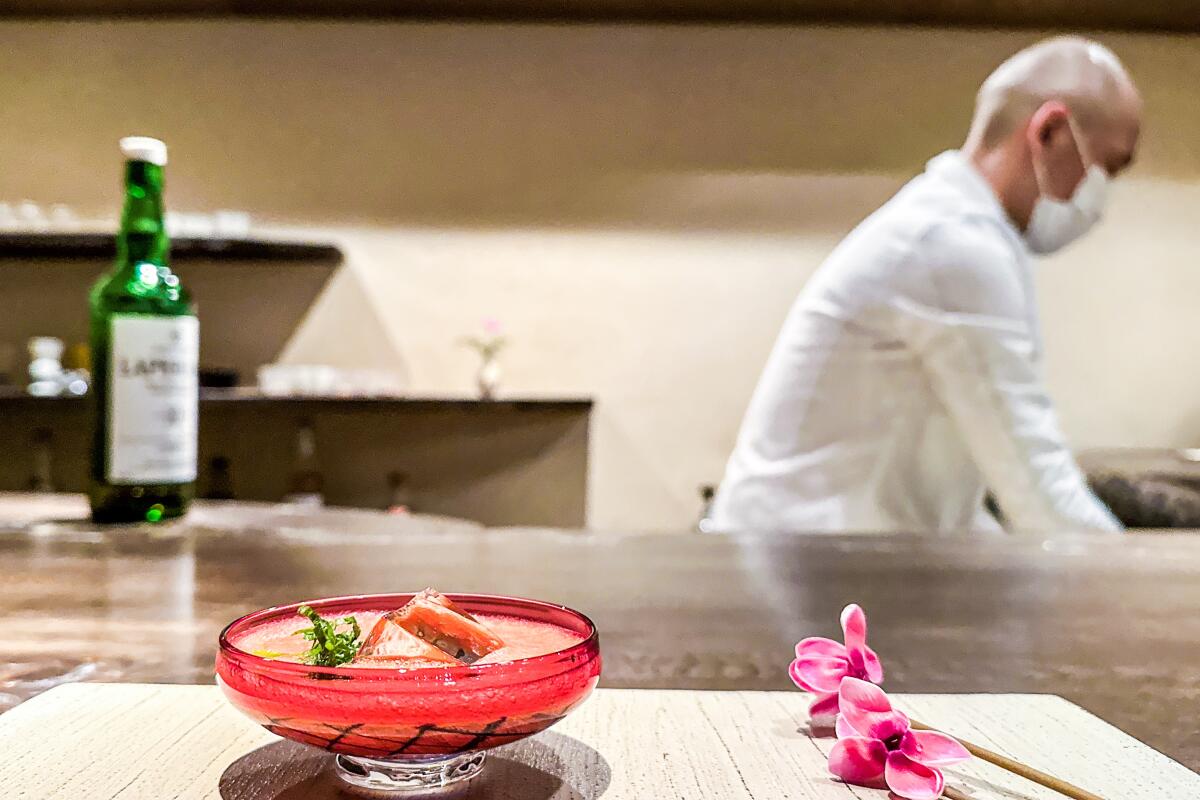
Gen Yamamoto
Yamamoto, who worked for Daniel Boulud in New York before opening his place near the Roppongi District, mixes drinks solo behind an eight-seat bar fashioned from 500-year-old Mizunara oak. He isn’t much for conversation; he’s too consumed preparing the moment’s fruits (and sometimes vegetables, like sweet potatoes in the fall) and combining them in judicious amounts with unlikely, spot-on spirits. A low-alcohol meditation on fruit served in stunning glassware isn’t everyone’s vibe, but I kept thinking: Couldn’t a talent and an approach like this change the game in Southern California?
1-Chome-6-4 Azabujuban, Minato City, Tokyo
+81-3-6434-0652
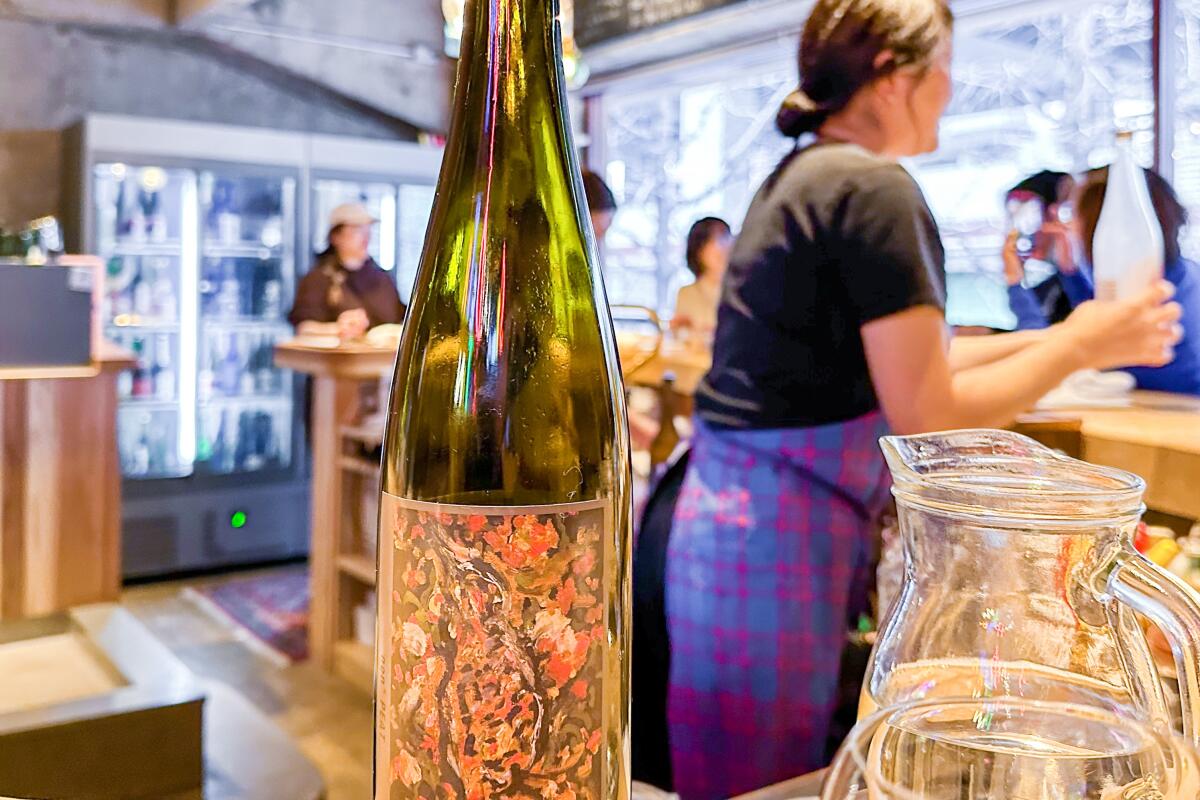
Eureka
4-Chome-11-28 Nishiazabu, Minato-ku, Tokyo
+81-3-6805-0760

Koffee Mameya Kakeru
Taste through cold brews, lattes, espressos made with some of their favorite beans of the seasons, but don’t overlook the cocktail selection. The “Signorina” — cold brew, tequila, Lillet Blanc and liqueurs of elderflower and haskap (honeysuckle berries) — blew away any espresso martini I’ve ever sipped, though there’s also a complex version of that ubiquitous drink flavored with chamomile and lime. A coffee-geek moment I savored: When I bought a bag of beans to brew at home, Kunitomo asked me about the grinding and brewing equipment I use, wrote out a personalized recipe and attached a tiny sample of the coffee ground to his preferred size as a visual cue.
2-Chome-16-14 Hirano, Koto City, Tokyo
Phone number: 81-3-6240-3072
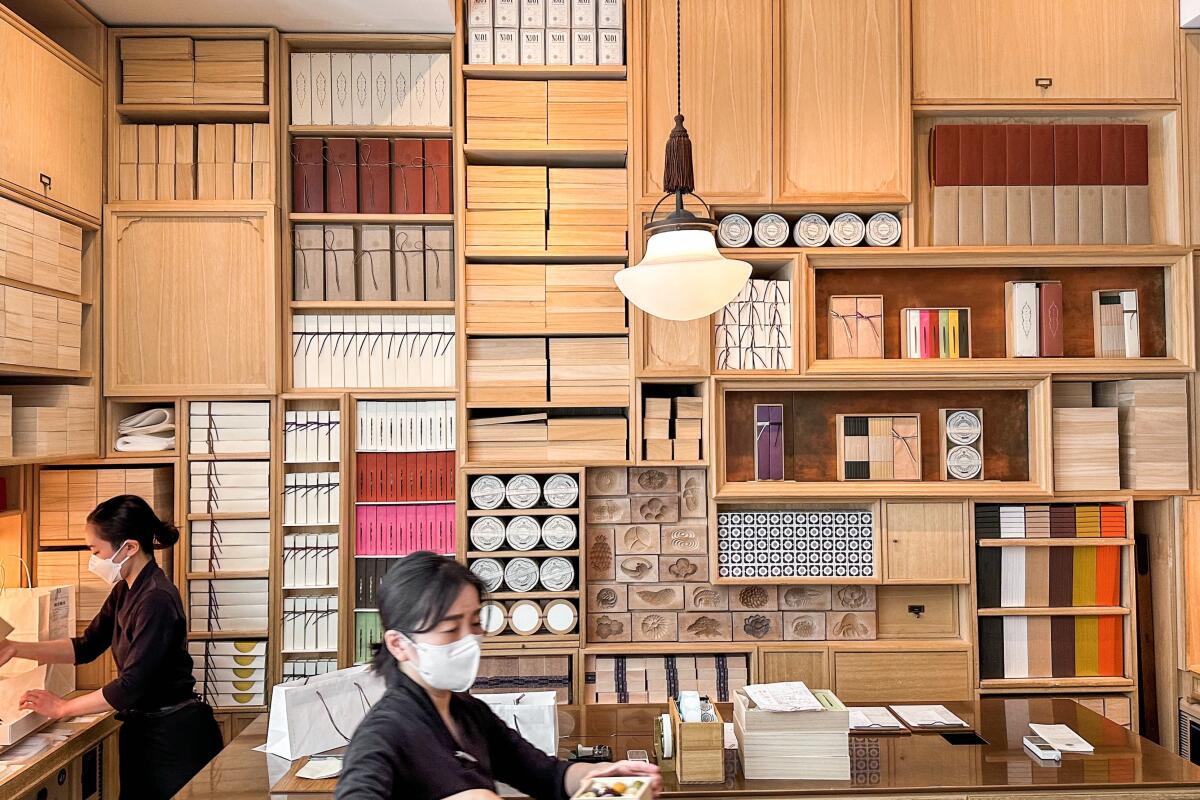
Higashiya Ginza
A word about taking home the sweets: Employees will warn you they are highly perishable. A Japanese friend to whom I gifted a box returned to her Tokyo apartment and raved about the contents, but the wagashi I attempted to bring back to Los Angeles did not survive the trip with their specialness intact. Some things are meant to be savored at the source.
1-Chome−7−7, Ginza, Chuo City, Tokyo
81-3-3538-3230
Eat your way across L.A.
Get our weekly Tasting Notes newsletter for reviews, news and more.
You may occasionally receive promotional content from the Los Angeles Times.
